M any people from such institutions as the FBI, Library of Congress, Postal Inspection Service, Oklahoma Historical Society, East Liverpool (Ohio) Public Library, Oklahombres (an Association for the Preservation of Lawmen and Outlaw History of the Indian Territory), and the National Association for Outlaw and Lawmen History have helped me greatly.
I am particularly grateful to Mary Ann Johnson, Dee Cordry, Rick Mattix, Jeff Maycroft, Michael Webb, William Helmes, Rick Cartledge, Neil Scott, Marley Brant, Brad Smith, and Postal Inspector B. R. Posey. John T. Hubbell was a wonderful editor and had a native Oklahomans interest in Pretty Boys saga.
C harles Arthur Pretty Boy Floyd was one of the key figures in the development of the modern FBI. By 1935 G-men were national heroes who had wiped out major public enemies such as Floyd, and the time was ripe to set up the powerful Federal Bureau of Investigation. Before that the FBI was simply a minor federal agency named the Bureau of Investigation or the Division of Investigation. The Kansas City Massacre of June 1933 had convinced the public that the outlaws were a national menace; yet at that time there were only 266 agents with limited authority.
Two years after Floyds death FBI Director J. Edgar Hoover told an audience of high school boys that Floyd was a skulking, dirty, ill-clothed hobo and, as such, he was hunted down to his end, as a hoodlum, an ego-inflated rat.
For Depression-era America, gangsters were a form of cheap entertainment. Some citizens sympathized with them because of a resentment of banks. After the tragic ends of the outlaws, they could believe crime does not pay and feel superior. In the early 1930s people thought there was a new crime menacethe freelance criminals or small gangs who specialized in bank robberies or sometimes in kidnappings. They were extremely mobile, using fast cars instead of horses and machine guns instead of six-guns. But they were very much in the tradition of the frontier outlaws. They arose from the Depression and flourished in the Midwest crime corridor.
But such criminals as Ma Barker, John Dillinger, Machine Gun Kelly, Bonnie and Clyde, Pretty Boy Floyd, Baby Face Nelson, and Alvin Karpis were not a national menace; they actually represented the end of the old West. As late as June 1, 1932, a cowboy on horseback robbed a bank at Hatch, New Mexico, and got two thousand dollars.
In truth, comparatively little was stolen. Clyde Barrows biggest robbery netted only fifteen hundred dollars. The Dillinger gangs take was only about a quarter of a million dollars. Floyd was reported to have robbed from twenty-five thousand to half a million dollars, but probably netted less than a hundred thousand dollars. This was small change to organized crime.
Barrow, arguably the worst outlaw of the Depression period, killed thirteen men. Floyd himself killed some eleven men. But Depression-era outlaws concentrated on robbing banks. Ironically, these outlaws contributed to the rise of the FBI.
In 1907, the new constitution of Oklahoma, Floyds home state, provided for no statewide law enforcement organization. There were only elected county sheriffs. By the 1930s, however, increasing urbanization led to more crime. To make matters worse, good state roads and cars that could go as fast as a hundred miles an hour led to increased mobility for criminals. Farmers were poor then, and young people were desperate. There was the famous criminal hideout, the Cookson Hills in eastern Oklahoma. Nearby were open cities for criminalsJoplin, Missouri, and Hot Springs, Arkansaswhere there were corrupt politicians and friendly police.
Little aid came from the Cookson Hills residents. Honest farmers were too smart to talk. Of course, moonshiners and others who had been harboring fugitives would not talk. In September 1932 alone, three officers and three criminals were killed in the Hills.
The law was understaffed. Most rural counties had at most four law enforcement employees: a sheriff, an undersheriff, a deputy, and a jailer. Moreover, one-third of the time they were officers of the court, often spending no more than six hours a day actually enforcing the law.
Too little money, sparse population, and the Depression were worries. The advantage was with the criminals: radios were rare, sheriffs were limited to their county boundaries, and many officers were poorly trained.
The Oklahoma State Bureau of Criminal Identification and Investigation was not created until 1925. At first there were only seven agents, and the number was about the same by the early 1930s.
But bank robbery in Oklahoma was still a dangerous job. Between mid-year 1929 and the end of 1930 51 banks were robbed by 208 bandits. Many of these were repeaters, of course. Eleven were killed and 118 arrested. Five were sentenced to life. The rest received a grand total of 540 years in jail.
In 1931 and 1932 about 120 Oklahoma banks were robbed. However, in 1933, with increased security, only twenty-nine banks were robbed.
Oklahoma crooks such as Ford Bradshaw, Aussie Elliott, Wilbur Underhill, Jim Benge, Tom Carlisle, Troy Love, and Ed Newt Clanton were tough. One sheriff said they would charge hell with a bucket of water. So sometimes lawmen felt they had to shoot to kill. But these outlaws never made it big. Only Pretty Boy Floyd is well-known today.
Floyd was a guerrilla who could live off the territory he knew so well, with the support of a friendly population. According to some accounts he got his Pretty Boy sobriquet because his neighbors thought he was vain. In the words of one author he was a unique figure in U.S. crime annals, this broad-shouldered, apple-cheeked bumpkin with the cattle reflexes and the stainless steel nerves. An unsettling mixture of Little Abner, Cole Younger and Emiliano Zapata. An outlaw as outmoded as Black Bart in some ways, yet strangely contemporary in others.
The gangster was neither highly intelligent nor polished. But his
Although Floyd had many good friends, he was reserved; and he could be dangerous when angry. He was a very religious person and attended church even during intense manhunts. He had a loving relationship with his son and visited his fathers grave each Memorial Day despite risk of capture. Floyd was known for his honesty and generosity, even to outsiders. One relative later said he never suffered no ones charity.

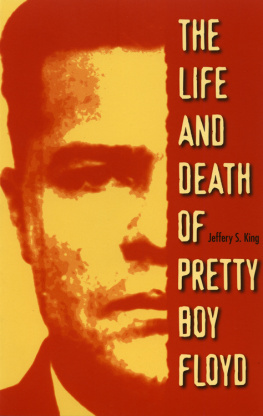

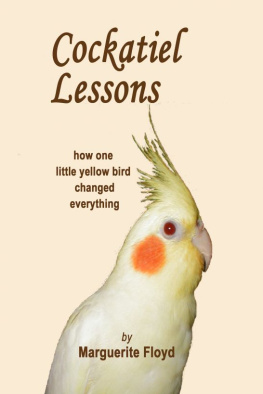

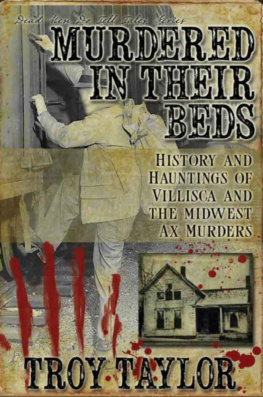


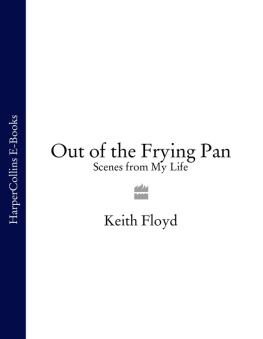


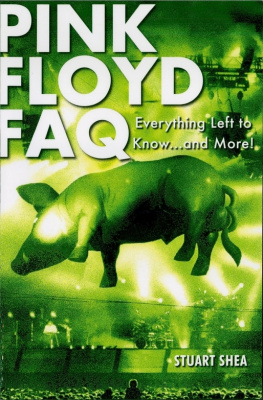

 Pretty Boy Floyd
Pretty Boy Floyd